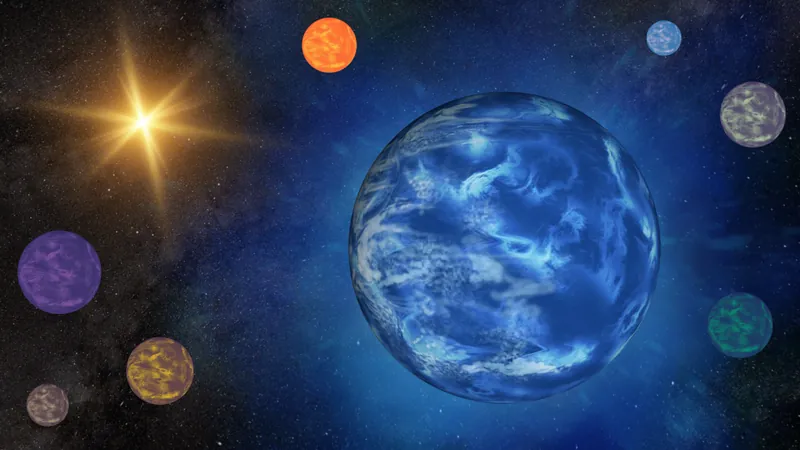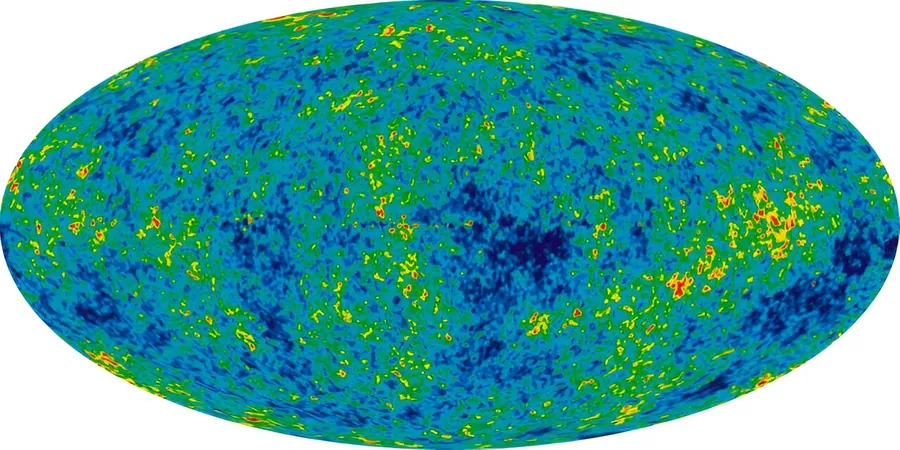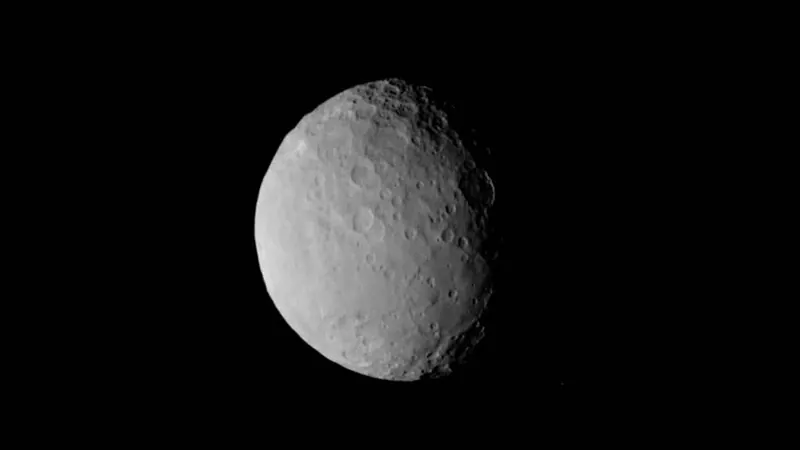
Uncovering the Mystery of the 'Neptunian Ridge': A New Frontier in Exoplanet Research
2024-09-20
Introduction
Astronomers have made a groundbreaking discovery that could transform our understanding of how planets outside our solar system form and evolve. A team of scientists from the University of Geneva, the National Centers of Competence in Research (NCCR) Planets group, and the Centro de Astrobiología (CAB) has identified a fascinating feature in the distribution of Neptune-sized exoplanets, now dubbed the "Neptunian ridge." This ridge is situated between two distinct regions: the "Neptunian desert," which is characterized by a scarcity of Neptune-like planets close to their stars, and the "Neptunian savanna," where these planets flourish at greater distances.
The Neptunian Desert and Savanna
The enigmatic Neptunian desert has puzzled astronomers for years, leading to questions about the processes that govern the evolution of planetary systems. Vincent Bourrier, an Assistant Professor at UNIGE, emphasized the significance of their findings: "We found an overdensity of planets in this region, indicating a sharp transition between the barren Neptunian desert and the more populated Neptunian savanna."
The Role of the Neptunian Ridge
This newly identified ridge is crucial because it suggests a unique zone where Neptune-sized exoplanets can migrate closer to their stars while effectively resisting the intense radiation that typically strips planets of their atmospheres.
Categorization of Exoplanets
Since the discovery of the first exoplanet in the mid-1990s, over 6,000 extrasolar planets have been identified, with many more pending confirmation. Planetary scientists often categorize these exoplanets by comparing them to those in our solar system. For example, "super-Jupiters" are planets larger than Jupiter, while "super-Earths" are bigger than Earth, and "sub-Neptunes" are smaller than Neptune.
Photoevaporation and Hot-Neptunes
The term "hot" refers to planets that orbit their stars in just a few days or even hours, contrasting with Neptune, which is an ice giant in our own solar system. Close inspection of these exoplanets reveals an intriguing pattern: an apparent absence of Neptune-sized worlds, known as hot-Neptunes, in the regions closest to their stars. Researchers believe this scarcity is due to a phenomenon called photoevaporation, where the harsh radiation from stars erodes the atmospheres of these planets.
Migration of Exoplanets
Conversely, in the Neptunian savanna, which exists beyond the arid Neptunian desert, an abundance of Neptune-like worlds can maintain their atmospheres and sizes. This suggests that many of these planets might have migrated from their distant orbits toward the desert, only to face atmospheric erosion when too close to their stars.
Utilizing Data from Kepler
By utilizing data from NASA’s Kepler space telescope, Bourrier and his colleagues were able to delineate specific regions of this "Neptunian landscape," ultimately identifying the Neptunian ridge. This ridge, which represents planets with orbital periods of 3.2 to 5.7 Earth days, serves as a key to deciphering the mechanisms that shape the Neptunian desert and savanna.
Implications of the Neptunian Ridge
"The Neptunian ridge stands tall above the desert and savanna," remarked Bourrier. "It provides us with a key to understanding the physical mechanisms shaping the desert."
Future Research Directions
The existence of this ridge implies that Neptune-sized planets might be guided into this region via high-eccentricity migration, allowing them to survive atmospheric erosion when they venture close to their stars. The processes of migration and photoevaporation likely play pivotal roles in defining the characteristics of the Neptunian desert, ridge, and savanna.
Next Steps in Research
Looking ahead, the research team plans to employ the Very Large Telescope (VLT) alongside its ESPRESSO instrument to further investigate this intriguing Neptunian landscape. By studying the orientation of selected rare hot-Neptunes, they aim to unlock additional insights into the migration processes that affect exoplanets in close orbits, shedding light on why Neptune-sized planets are so rare in these regions.
Conclusion
As Amadeo Castro-González, a Ph.D. student at the Center for Astrobiology in Madrid, stated, "The Neptunian ridge is just the beginning. With upcoming results from this observational program, we'll be able to test our hypotheses about the origins and evolution of these intriguing worlds, providing a more comprehensive view of the close-in Neptunian landscape."







 Brasil (PT)
Brasil (PT)
 Canada (EN)
Canada (EN)
 Chile (ES)
Chile (ES)
 España (ES)
España (ES)
 France (FR)
France (FR)
 Hong Kong (EN)
Hong Kong (EN)
 Italia (IT)
Italia (IT)
 日本 (JA)
日本 (JA)
 Magyarország (HU)
Magyarország (HU)
 Norge (NO)
Norge (NO)
 Polska (PL)
Polska (PL)
 Schweiz (DE)
Schweiz (DE)
 Singapore (EN)
Singapore (EN)
 Sverige (SV)
Sverige (SV)
 Suomi (FI)
Suomi (FI)
 Türkiye (TR)
Türkiye (TR)